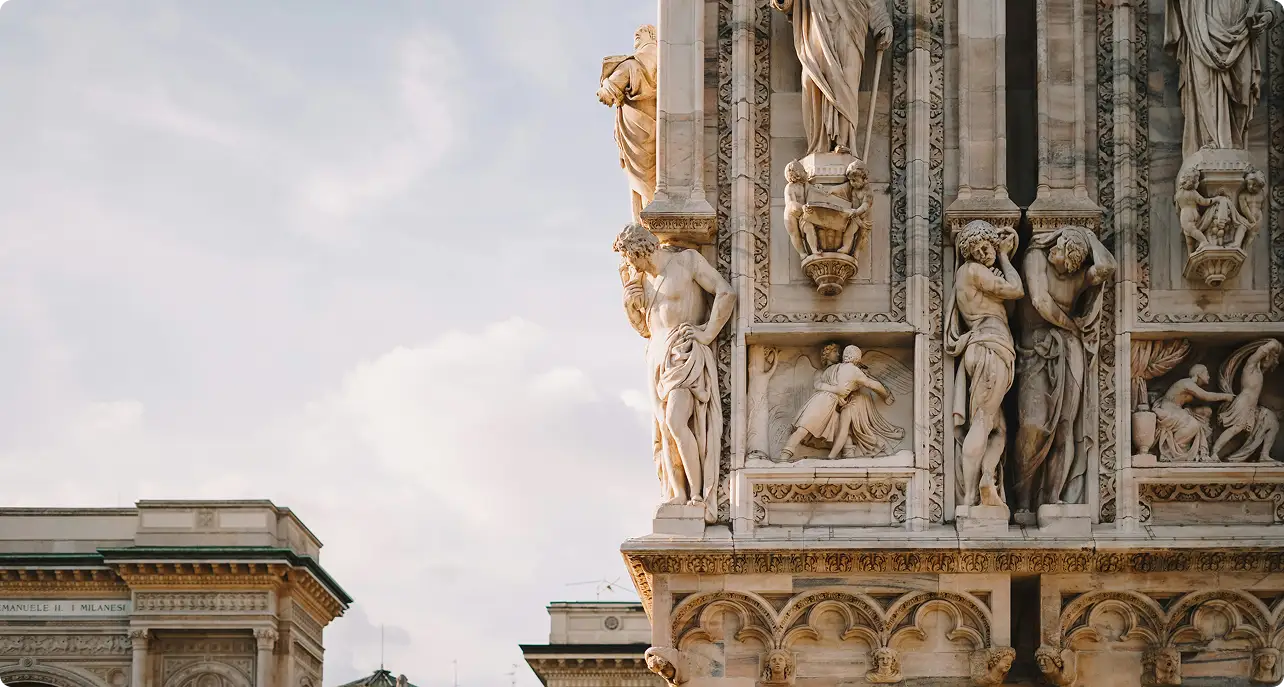History Overview
- Grade Level: 7th Grade History
- Instructor: The History Teacher
- Date: Early Fall Term
Course Description
Seventh graders will explore the medieval and modern world through its societies, empires, governments, art, cultures, religious beliefs, ideologies, and technological advancements. The primary goal is to place historical developments in context and understand how they relate to our world today.
Materials
- Primary Text: Across the Centuries (Houghton Mifflin)
- Additional Resources: Various publications, articles, and primary sources.
Class Format

Lectures and Slideshows
Students take notes during lectures.

Discussions and Reflections
Emphasis on critical thinking.

Labs and Activities
Analyzing historical documents and sources.

Course Components
Note-Taking
- Students will maintain a notebook containing:
- Lecture notes
- Handouts
- Maps
- Student-created interpretations
Required Materials:
- Spiral-bound notebook for notes
- Binder or folder with sleeves for handouts
Research Papers
- Students will:
- Gather historical information
- Synthesize findings into papers or reports
Guidelines:
- A rubric will be provided well in advance of each due date.
- Emphasis on developing critical thinking skills.
Class Projects
- Students will complete individual and group presentations to:
- Teach classmates
- Foster creativity and collaboration
Requirements:
- Submit a project proposal for approval.
- Projects may include art, role-play, multimedia, model-making, and must integrate research.
- Some projects will require a written component.
- Detailed rubrics will accompany each assignment.
Homework and Classwork
- Whenever possible, assignments will be completed during class time.
- Homework may involve additional reading or research.
- Homework and research may be assessed through quizzes or incorporated into upcoming tests.
Tests and Quizzes
- Review sessions will precede each unit test or quiz.
- Test dates will be shared on the class platform at least one week in advance.
- Study Guides will be assembled during review sessions.
- Midterms and finals may consist of a test or a research paper, depending on the unit.
Grading
- Tests and Quizzes: Graded using a straightforward point system.
- Research Projects and Presentations: Evaluated using detailed rubrics.
Focus:
- Mastery of historical concepts
- Application of critical analysis skills
Geography
Geography will be taught in conjunction with each historical unit throughout the year.
Course Overview
Part One: Medieval and Early Modern Civilizations
Early Travel and Cross-Cultural Connections
- Travel methods (150–1500 CE)
- Challenges, technological advances, and mapping
Byzantine Empire (Early Empire)
- Fall of the Western Roman Empire
- Constantine, Justinian, legal codes, art, architecture, and religious intersections
Islam
- Desert culture and the rise of Islam
- Life of Mohammed
- Expansion and Golden Age of the Islamic Empire
Africa
- Early village life in West Africa
- Empires of Mali, Songhai, and Ghana
- Bantu migrations
- Rise of trading states such as Zimbabwe and Kongo
- Consequences of European trade
Mongol Empire
- Khan culture and meteoric expansion
China
- Fall of the Han Dynasty
- Influences of Confucianism, Daoism, Buddhism
- Reunification under the Sui, Tang, and Song Dynasties
- Mongol conflict and Ming/Qing dynasties
Japan
- Physical and human geography
- Early people and Chinese influence
- Rise of feudalism and the shogunate
- Kyoto court art and literature (includes a role-play activity)
The Mughal Empire
- Geography of the Indian subcontinent
- Hindu-Muslim cultural dynamics
- Leaders: Babur, Akbar, Jahangir, Shah Jahan
- Art and architecture, including the Taj Mahal and miniature painting
- Basic understanding of Hindu deities
The Ottoman Empire
- Ghazi warriors and Muslim expansion
- Rule of the Sultans
- State organization and the Janissary corps
- Planned virtual lesson from an international location
Civilizations of the Americas
- Mesoamerica: Olmec and Mayan civilizations (cosmology, architecture, technology)
- South America: Student projects on Incan or Aztec life; brief exploration of Tiwanakan and Moche cultures

Part Two: Europe and the Rise of the Modern World
Europe after the Fall of Rome
- Feudalism
- Growth of towns
- Expanding Church power
- Analysis of the Magna Carta
Western Europe under the Church
- Conflicts between kings and popes
- Rise of monasteries and universities
- Art, architecture, sacraments, and the influence of cathedral-building on daily life
Byzantine Empire (Later Empire)
- Trade
- Church schisms
- Decline of the Byzantine Empire
The Crusades
- Understanding religious conflict in historical context
- Immediate and long-term effects
Late Middle Ages and the Renaissance
- Impact of the Black Death
- Growth of monarchies
- One Hundred Years’ War
- Technological advances
The Italian Renaissance
- Revival of Greek and Roman ideals
- Rise of city-states, humanism, and influential families such as the Medici
The Renaissance in Northern Europe
- Differences from the Italian Renaissance
- Advances in literature, science, art, and the invention of the printing press
Decline of Church Authority
- Corruption, including the sale of indulgences
- Threats to papal authority
- Early Reformation leaders
The Reformation Era
- Martin Luther’s influence
- Spread of Protestantism
- Peace of Augsburg
- Calvinism and the doctrine of predestination
- Counter-Reformation and the Inquisition
Scientific Revolution
- Scientific method and hypothesis testing
- Conflicts with religious authority
- Shifting worldviews and their impact on exploration
Age of Exploration
- Historical shifts and global discoveries
Enlightenment Ideas
- Spread of Enlightenment thinking
- Impact on Europe and the New World